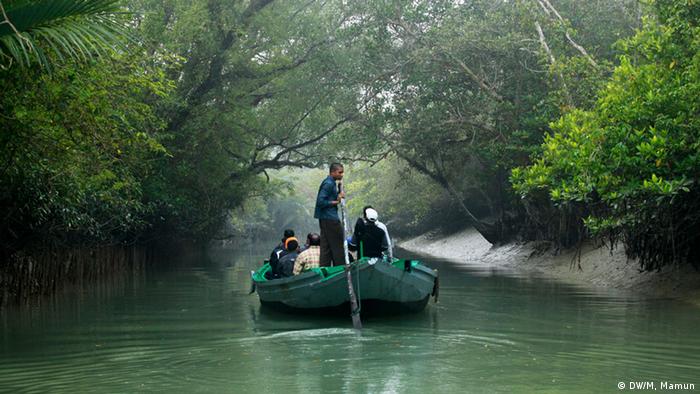Natore rajbari bangladesh
Natore Rajbari (also known as Pagla Raja's Palace, Natore Palace) was a prominent royal palace in Natore, Bangladesh. It was the residence and seat of the Rajshahi Raj family of zamindars. Famous queen Rani Bhabani lived here and after the death of her husband, expanded both the estate and the palace.This block contains twelve spacious apartments,disposed on either side
of the large reception hall(7.47m × 16.01m) which is located in the
middle.The access to the reception hall(60'-0"x 30'-0") is gained
through another large hall and is backed by a 10'-0" wide veranda on the
north. The lofty ceiling of the central hall, rises to a height of
30'-0" and is lit by eighteen clerestory windows, originally fitted with
colored glass panes, whilst the roof of the other rooms are
considerably lower in height. The entire floor of this block is laid in
black and white imported marble. The back veranda is supported on twenty
pairs of Corinthian columns,the capitals of which contain within its
acanthus leaves, some classical nude female figures.The western
block,placed at right angles to the main block,has about a 200'-0"
frontage and faces the lawn on the east. It is also a single-storied
building with an arched projecting bay in the middle.A strip of
veranda,supported on a series of paired Doric columns, runs the entire
length of the block.Entering through the arched central bay there is
access into an open ob longed court,occupied by typical 'nat-mandap'.
Beyond and further to the west, is a Krishna temple. This family shrine
has a 50’-0” wide frontage, backed by a 10’-0” wide veranda which
carried on a series of double Corinthian columns. Natore Zamindars was one of the largest Zamindaris of Bengal. The
originators of this Zamindari were Ramjivan and Raghunandan both sons of
Kamdev. Ramjivan's daughter-in-law was Rani Bhawani(1716-1795), a
legendary name in Bengal politics in the 18th century and an endearing
personality in everyhome of the country due to her boundless generosity
and public spirit. After becoming Zamindar Ramjivan built his Rajbari at
Natore occupying a huge area of 50.42 acres of land and it is enclosed
within two rings of defensive moats-one within the other.The moats are
now dotted with large tanks,orchards and flower gardens surrounding the
derelict ruins of the seven surviving detached palaces. Of these only
four deserve description while the rest are in advanced stage of
disintegration and are of no architectural significance.After the death
of the great queen, her adopted son Ramkrishna ruled the area. After his
death, his two sons Sibnath and Vishwanath became the co-sharers of the
Natore Zamindari in 1778. The whole Zamindari was divided between them,
and the part of the eldest son was known as "Boro Taraf" and the part
of the youngest son was known as "Chhoto Taraf". The Rajbari was
protected on all sides by ditches. There were nine buildings in this
Rajbari. They are the palace of Boro Taraf, The palace of Choto Taraf,
Kachari Bhavan and Guard House of Boro taraf, Kachari Bhavan of Choto
Taraf, Rani Bhavan, Guest House, Madhu Rani Bhavan etc.


